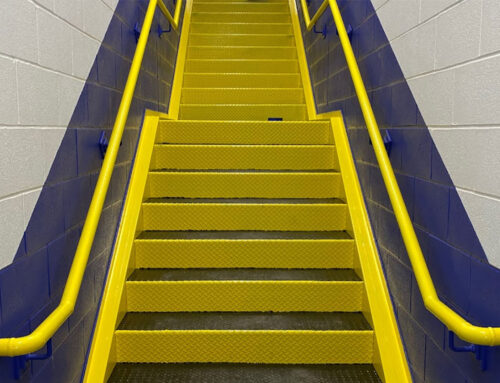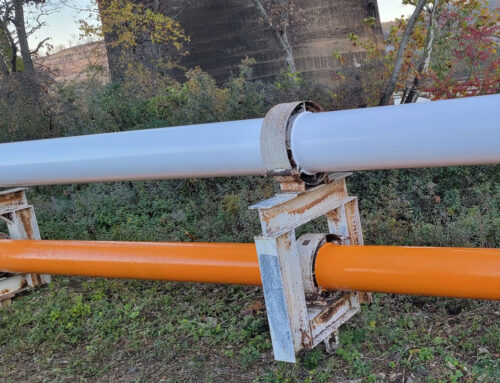The Value of Being a Cleanliness Company: Three Proper Housekeeping Tactics Our Industrial Painters Use on Job Sites
Picture an industrial setting. Machines are buzzing. Employees are moving deliberately. Now, imagine what that setting looks like without regular cleaning. Dust, paint, and metal shavings cover walking surfaces. Grime and mold stick to industrial tanks. Clutter forms in walkways and tools are strewn. Boxes get stacked precariously.
This scene would strike fear and induce anxiety in any employee or owner of an industrial business. Uncleanliness isn’t just unprofessional, or a dearth of feng shui. It skyrockets the risk of an industrial fire, an employee accident, or an equipment malfunction.
For industrial painters, clutter, dust, dirt, and grime are the enemy. Though they are inevitable by-products associated with sandblasting, industrial painting, and industrial coating projects, we actively work to remove and mitigate their presence during a job and rely on guidelines from the National Fire Protection Agency (NFPA), the Occupational Safety and Health Administration (OSHA), and decades of experience in the field. Here are three housekeeping tactics we use.
- Wear Personal Protective Equipment (PPE).
PPE is the single most important tool we have to protect our industrial painters from harm. OSHA designed its standard to include mandatory safety gloves, goggles, shoes, respirators, body suits, hard hats, and earplugs. Our team fits PPE tightly to their body to minimize the risk of it getting caught on equipment. - Clear Walking Surfaces.
There is nothing more guaranteed to cause workplace accidents than a messy walking surface. Spilled liquids, even a few millimeters of dust can cause people to slip and fall. Without rigorous vacuuming, dust can spread and dramatically deteriorate indoor air quality. Finally, it’s worth noting that some forms of dust are combustible, putting an industrial business at risk for catastrophic fire.To deter this, our industrial painters aggressively vacuum every day before leaving the job site. - Reduce Clutter.
An industrial painting project cannot operate without easy access to and from pipelines and equipment. Our employees need to get their tools, walk freely about the job site, and reach the part of the pipeline and equipment they are painting.We address this in manifold ways. First, we pack tools away when they’re not being used and stack materials, as needed, efficiently. Second, we maintain an egress across all walking surfaces. Lastly, we remove all excess tools, materials, and waste products every day from the job site.
How Eagle Eye Services Approaches Job Site Cleanliness
Our company develops a cleanliness strategy for every industrial painting job. PPE is mandatory for all employees in the field. Before we get started, we identify where we’ll need to lay down platforms and mats and which locations are appropriate for storing materials on-site. We clean up dust and by-products and perform inspections daily. We believe our strict cleanliness practices set us apart from other industrial painting companies and significantly increase our job-site safety.
To learn more about how our industrial painters approach job site cleanliness, schedule your free consultation with Eagle Eye Services today.
You may also be interested in:
Ready to Get Started?
Have questions about your project or need a quote? We’ve got someone ready to help you.



